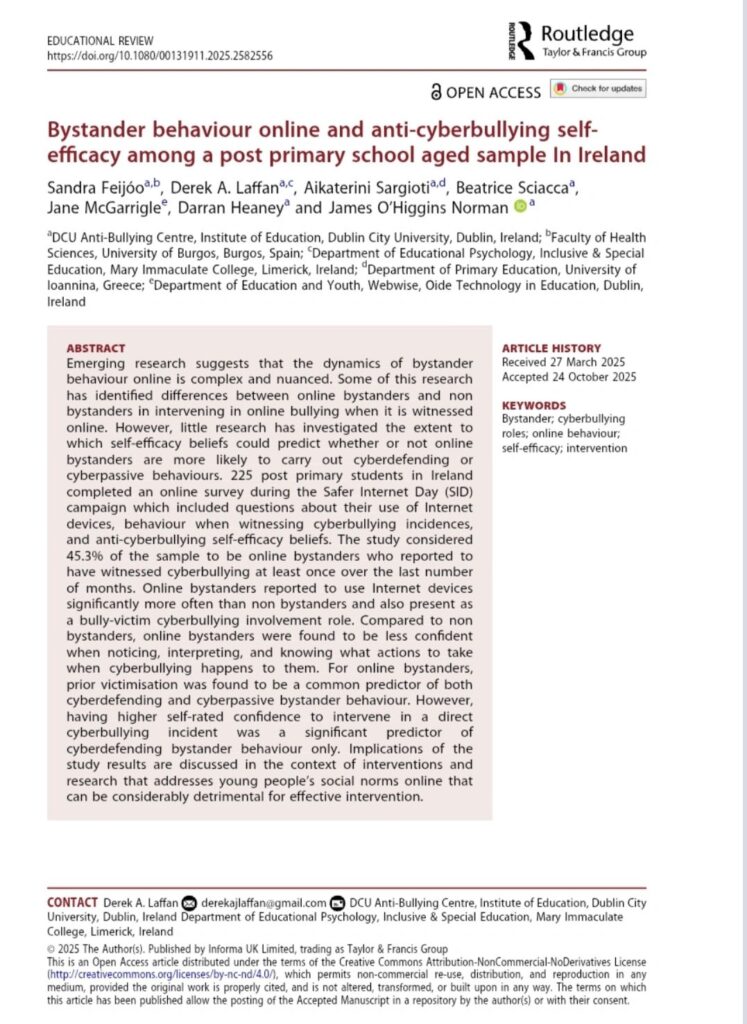Talk to someone
Worried about something you have seen online or concerned about your child? Childline and the National Parents Council Primary offer free advice and support service.

Childline is a support service for young people up to the age of 18.There is a 24hr telephone, online and mobile phone texting service.

The National Parents Council Primary enables and empowers parents to be effective partners in their children’s education.


